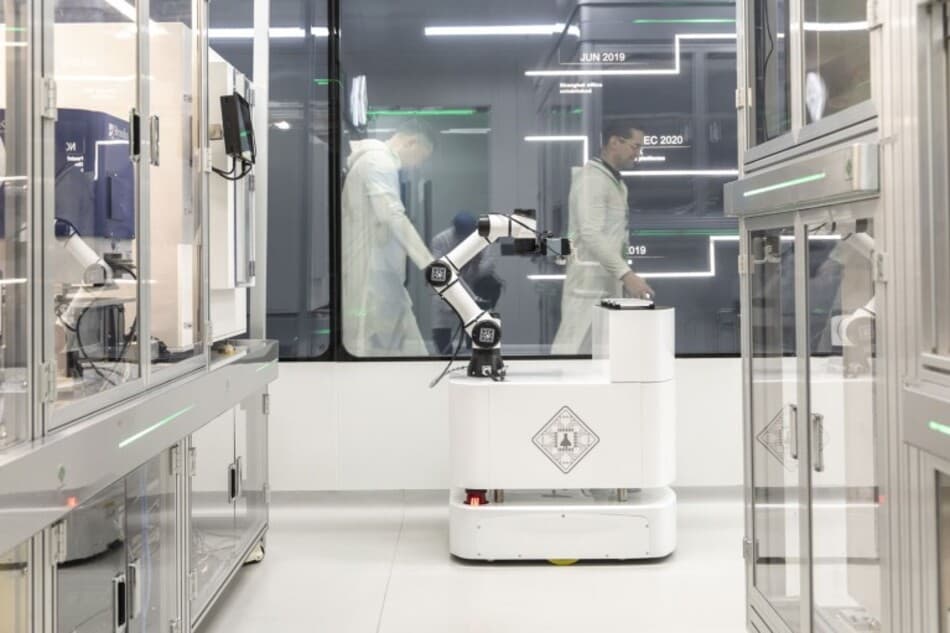DrugReflector AI Achieves 17x Better Hit-Finding in Drug Discovery, Doubling Success Rate

A new artificial intelligence model, DrugReflector, has demonstrated a significant leap in drug discovery, achieving up to 17 times better hit-finding than traditional random screening methods. Developed by scientists at Cellarity Inc. in collaboration with researchers from the Massachusetts Institute of Technology, the model was recently published in Science on October 23rd, showcasing its ability to rapidly identify useful drug compounds by analyzing gene activity data from human cells. This innovation aims to accelerate the typically slow and resource-intensive process of pharmaceutical development.
The DrugReflector model revolutionizes drug discovery by moving beyond the conventional approach of testing vast chemical libraries on simple cell readouts. Instead, it is trained on how approximately 9,600 compounds alter gene expression across more than 50 cell types. This allows the AI to predict which compounds can steer a cell's program towards a desired healthy state, effectively "flipping the process" of drug identification.
In a key application, the research team focused on blood formation, utilizing the model to propose chemicals capable of promoting the production of platelets and red blood cells. Subsequent laboratory testing of 107 model-selected compounds confirmed a substantially higher rate of relevant hits compared to random screening. "After feeding back its first test results, the model’s success rate doubled," stated the original announcement, highlighting its adaptive learning capabilities.
This efficiency stems from the model's capacity to learn general "signatures" of cellular change, enabling one set of experiments to inform patterns applicable to new tasks. The integration of transcriptomic data and AI offers a novel approach to drug design by interpreting cellular states and predicting compounds that induce beneficial changes. This advancement represents a powerful blueprint for the future of smart screening systems in the pharmaceutical industry.